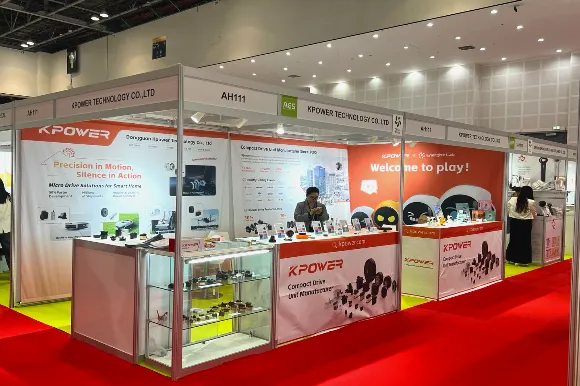Ever tried connecting a bunch of microservices, only to feel like you're drowning in a sea of tangled code? That's where seamless communication becomes more than just a buzzword—it's the backbone of reliable, scalable systems. When you’re working with C# microservices, choosing the right way to keep them talking isn't just about speed; it's about stability, maintainability, and making life easier for developers.

Imagine having a messaging pipeline that handles thousands of requests per second without breaking a sweat. No more battling with inconsistent data or dealing with the nightmare of debugging cryptic errors. A solid communication layer means your services can share data smoothly, whether it's sending notifications or processing complex transactions. But what makes one approach better than another? Is REST enough? Should I lean toward message brokers, or even gRPC?
Let's talk about the good stuff. Using a well-designed communication strategy in C# microservices isn’t just about picking a protocol and sticking to it. It's about understanding your application's rhythm—how many calls you'll make, the size of data, and how critical real-time updates are. For instance, if you need lightning-fast responses, gRPC can be a game changer with its low-latency performance. If reliability and message durability matter, rabbitMQ or Kafka might be better bets.
Thinking around the corner—what happens when one service glitches? How do you ensure messages aren’t lost? That's where message queuing and resilient design come in. Building a communication system that handles failures gracefully isn’t just an upgrade; it's a necessity. And the beauty is, with the right tools, you can make your microservices feel like they're in a smooth relay race rather than a chaotic sprint.
The thing is, integration isn’t magical. It’s about choosing the right set of tools and patterns for your needs. Do you want request-response? Publish-subscribe? Or maybe event sourcing? There's a way to fit each of these into your architecture, making it flexible as your system grows. Your code will thank you for it—less spaghetti, fewer bugs, faster iterations.
People ask: "Can I retrofit communication solutions into my existing microservices, or do I have to start from scratch?" Usually, no need to rebuild everything at once. Migrate smartly, layer in new protocols gradually, and watch your system's robustness improve step by step.
In an era where quick, reliable, and scalable service communication defines success, trusting C# microservices to speak effectively isn’t optional. It’s the pillar supporting everything from user experience to backend stability. So, what’s your move? Ready to make your microservice communication smoother? If you focus on clarity, robustness, and smart protocol choices, those microservices will not just talk—they’ll perform, flawlessly.
Established in 2005, Kpower has been dedicated to a professional compact motion unit manufacturer, headquartered in Dongguan, Guangdong Province, China. Leveraging innovations in modular drive technology, Kpower integrates high-performance motors, precision reducers, and multi-protocol control systems to provide efficient and customized smart drive system solutions. Kpower has delivered professional drive system solutions to over 500 enterprise clients globally with products covering various fields such as Smart Home Systems, Automatic Electronics, Robotics, Precision Agriculture, Drones, and Industrial Automation.




































